
With the 618 shopping festival approaching, many people plan to upgrade their home TVs during the big sale. However, in recent years, there have been many innovations and new features in televisions, which means that everyone needs to familiarize themselves with the new technical terms and jargon before purchasing a new device. Today, I will explain in detail what issues you should understand before buying a TV.

First, let’s understand the mainstream types of TVs
Seeing so many types of TVs, are you feeling confused? In fact, these various types of TVs can be divided into two main categories based on the distribution of light sources. One type is projection TVs that rely on backlighting as a light source, where the light source passes through the pixel and filter matrix. LCE, LED, QLED, and Mini-LED belong to this type of projection TVs.
The other type of TV has self-emitting pixels, which mainly includes OLED and microLED TVs.
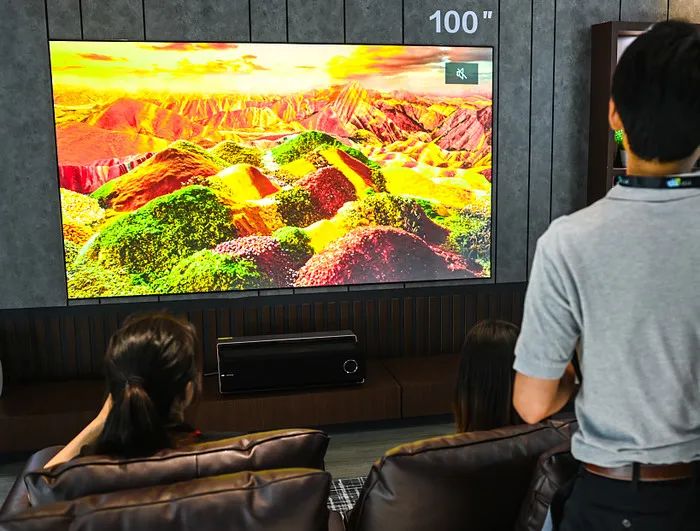
Self-emitting TVs: OLED and microLED
The self-emitting TVs like OLED (Organic Light Emitting Diode) have the significant advantage that when the pixels do not emit any light, they turn completely black. Therefore, OLED displays not only provide the deepest and most realistic blacks (which look stunning when watching space scenes), but they are also unaffected by any light leakage.
Many brands on the market have OLED TVs, but they all purchase OLED panels from LG Display. Each company uses its own image processing technology, so despite having the same panel, there are still noticeable differences.
As another type of self-emitting display, microLED is also very commendable for two important reasons. First, it uses a modular design, allowing you to customize a giant screen TV up to 5 meters in size. Secondly, it is currently the brightest display technology available. However, we won’t go into much detail here, as only Samsung and Sony sell them, and they are very expensive, costing hundreds of thousands or more.
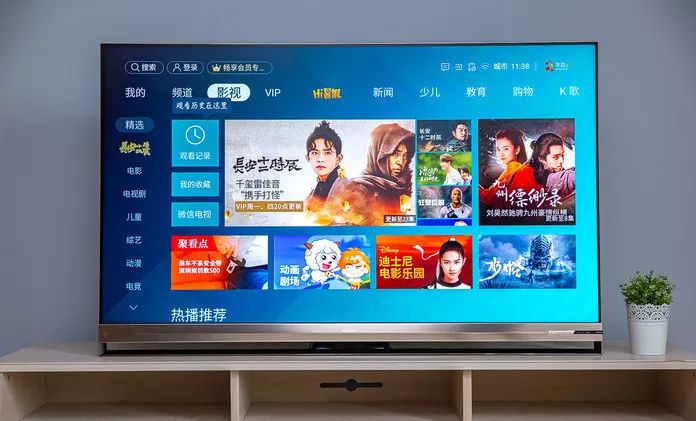
Projection TVs: LCD, LED, Mini-LED, QLED
The types of projection TVs are more varied than self-emitting ones, with LCD TVs (Liquid Crystal Displays) being quite familiar to many people. Whether it’s LCD, LED, Mini-LED, or QLED TVs, they all use LCD panels. Based on these LCD panels, they utilize their own technologies to create the final image effect you see, and the differences between these types of TVs depend on the type of backlight used and whether a quantum dot layer has been added.
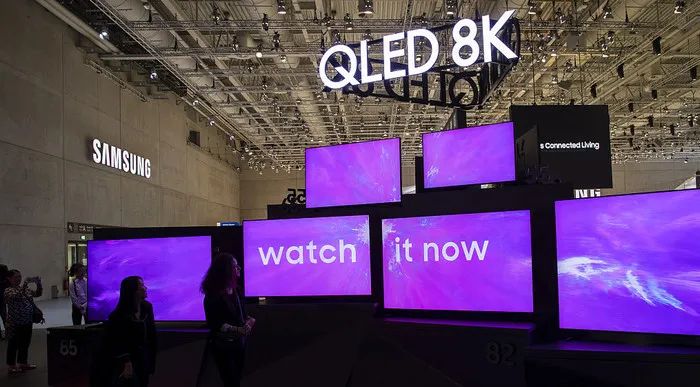
The earliest LCD TVs used CCFL (Cold Cathode Fluorescent Lamp) as backlighting, but with the emergence of LED, LED became a viable alternative, leading the industry to shift towards LED, thus giving birth to “LED TVs.”
At this point, almost all LCD TVs are LED TVs. LED backlights are more energy-efficient than CCFLs and can significantly improve brightness and contrast control depending on the number of individual LEDs used.
If the image quality improves significantly with the use of LEDs compared to CCFLs, then the smaller LED modules (Mini-LED) represent a major advancement. Mini-LEDs are really small, with a 75-inch TV accommodating 25,000 of them. This allows for brightness and contrast control that is closer to that of the self-emitting pixels of OLED. So far, there is only one Mini-LED TV on the market, but we believe more will appear soon.
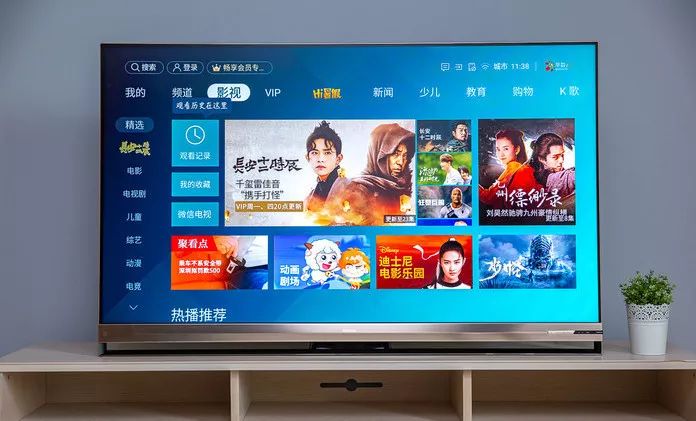
QLED TVs are LED or Mini-LED TVs that have a layer of quantum dots embedded behind the LCD matrix but in front of the backlight. Quantum dots are nanoparticles with unusual properties that emit light when struck by light. Adding them to LED panels increases brightness and helps create more natural colors by compensating for the natural blue light emitted by most LEDs. The brighter the backlight, the more pronounced the effect.
This makes QLED TVs very suitable for bright environments. They may not achieve the perfect blacks like OLEDs, but they can compensate by becoming brighter.
HDR May Provide Better Value Than Resolution Itself
HDR stands for High Dynamic Range, and in our case, the impact of HDR on overall image quality is much greater than the impact of resolution itself. HDR makes images more vivid and realistic through higher brightness, contrast, and a wider color gamut, which represents the total number of colors a TV can display. In optimal conditions, HDR is truly stunning. Once you see the actual effect, you won’t want to go back to SDR (Standard Dynamic Range).

Although almost all 4K TVs sold today are HDR TVs, not all HDR TVs are created equal, and there can be significant differences in their quality. Some HDR TVs simply do not have the components necessary to fully utilize this new video format.
It should also be noted that HDR is not a single format but rather a collection of formats, mainly including HDR10, HLG, Dolby Vision, and HDR10+. So, your TV must support the same HDR format used by HDR videos; otherwise, you will not achieve the best results.

Finally, remember that to enjoy the advantages of HDR TVs, you need HDR video sources. This means streaming services (most major services have added HDR support for selecting 4K movies and shows), or using a 4K Ultra HD Blu-ray player with 4K Ultra HD Blu-ray discs made in HDR format.
Refresh Rate Distinction: Native vs. Effective Refresh Rates
The refresh rate of a TV refers to how many individual frames can be displayed per second, measured in hertz (Hz). Manufacturers cite two types of refresh rates: native refresh rate and effective refresh rate.
The smoothness of motion displayed by a TV depends on its native refresh rate. Many TV manufacturers have introduced excellent 60Hz TVs, but some have gradually achieved 120Hz.

However, it’s essential to remember that only certain content benefits from higher refresh rates, such as sports. Watching fast-paced sports on a 120Hz TV will show smooth and fluid motion throughout the entire sporting event. If the native refresh rate is low, the fast action in sports scenes will appear blurry.

The effective refresh rate of a TV refers to its digital image processing. You may often see TV products claiming their refresh rates are above 120Hz, which sounds impressive, but it’s important to remind everyone not to consider effective refresh rates as a meaningful metric. In reality, any TV claiming a frequency higher than 120Hz refers to its effective refresh rate.
If You Play Games on Your TV, Look for Variable Refresh Rates
There’s a relatively new feature on TVs called VRR (Variable Refresh Rate). It has been added to new models like LG’s 2019 and 2020 OLED TVs to make them more compatible with console and PC-based games, where the frame rate actually changes from one part of the game to another.
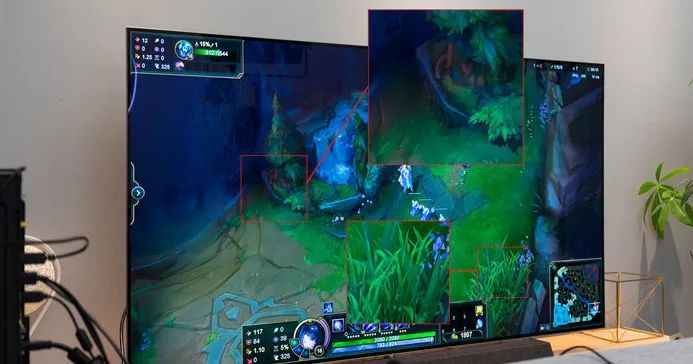
Usually, TVs are locked at a single refresh rate (60 or 120Hz), meaning they cannot handle changes in frame rates, which often need to be managed during gaming scenes. When the frame rate and refresh rate cannot fully mesh, noticeable tearing occurs. So, if you plan to use the TV for gaming, make sure it supports VRR.
In Conclusion
This article has reviewed some common knowledge blind spots in today’s TVs. After reading this, you will be better equipped to choose the right TV for yourself, avoiding mistakes or overspending.
